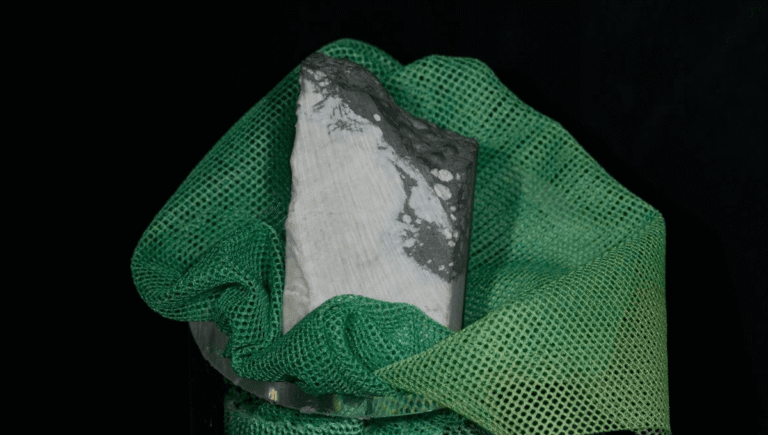Unveiling Jadarite: The Lithium-Rich Mineral of the Future
Jadarite is an extraordinary mineral that has gained significant attention due to its high lithium content. As our society increasingly demands lithium for batteries, especially in the transition away from fossil fuels, understanding jadarite’s properties and formation is crucial. Currently, this rare mineral has been discovered in only one location on Earth, but recent research sheds light on how it forms, potentially leading to new deposits or improved extraction methods.
The Discovery of Jadarite
In 2004, miners from the Rio Tinto group uncovered this fascinating mineral in Jadar (pronounced “Yadar”), Serbia. Its unique chemical composition revealed it to be a sodium lithium borosilicate hydroxide, which had no prior matches in scientific literature. Although a new mineral by classification, a similar formula had appeared in fiction as kryptonite in the blockbuster film Superman Returns.
Significance of Jadarite
While jadarite might not possess the glamorous glow of kryptonite, it contains enough lithium to produce batteries for approximately 90 percent of the electric vehicles anticipated on European roads in the coming decades. However, the mineral’s extraction is complicated by ongoing political issues between Serbia and the European Union, highlighting the complex interplay of resources and governance in the global lithium market.
Understanding Jadarite Formation
Researchers have now detailed the specific conditions required for jadarite formation, confirming its rarity. The process necessitates lithium-rich volcanic glass, alkaline-rich terminal lakes, and the transformation of clay minerals into crystalline structures. Each of these specific chemical changes is exceptionally uncommon, making jadarite a unique geological phenomenon.
The Science Behind Jadarite
Dr. Francesco Putzolu from the Natural History Museum in London explains the delicate nature of jadarite formation. “Like baking a cake, everything must be precisely measured for this rare mineral to come into existence,” he stated. “If the environmental conditions are too acidic or too cold, jadarite simply will not form. The precise criteria mean we have not yet observed this mineral elsewhere on Earth!”
Implications for Future Exploration
The meticulous steps identified in jadarite’s formation provide researchers with a narrower scope for potential future deposits. While it is unlikely that jadarite is present in every rock, the vast Serbian deposit may not be the only occurrence globally. This knowledge opens doors for exploration in other regions where similar geological conditions might exist.
Looking Ahead
As the demand for lithium escalates in the push for renewable energy, mining jadarite could unveil new opportunities. Understanding its formation process brings us closer to identifying other potential lithium reserves, both in Serbia and beyond. According to Dr. Robin Armstrong, a geologist at the Museum, “This research not only highlights jadarite’s significance but also aids in exploring the conditions needed for similar deposits to form.”
The findings are published in Nature Geoscience, contributing to the overarching knowledge about this vital mineral and its role in crafting a sustainable energy future.
